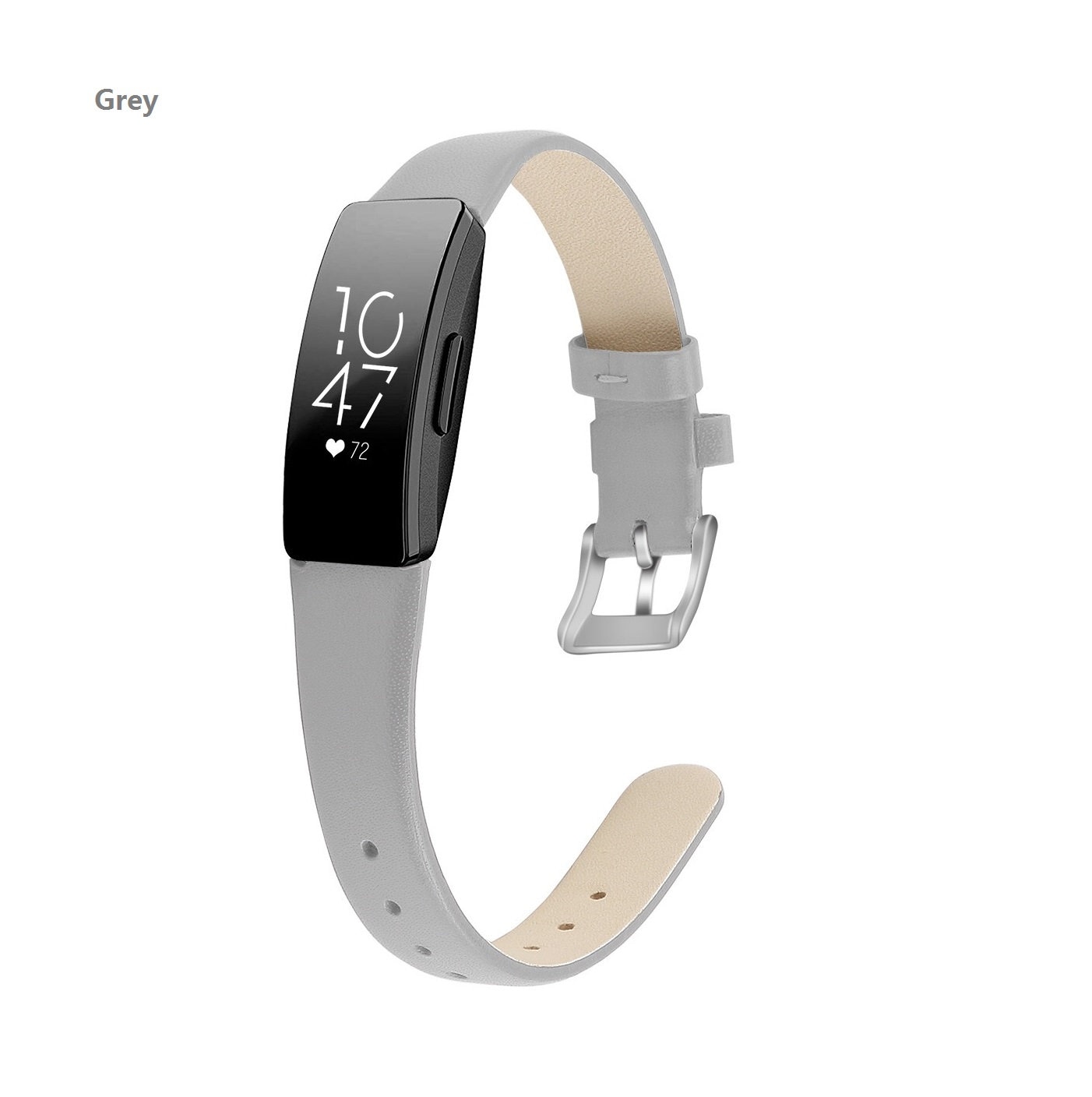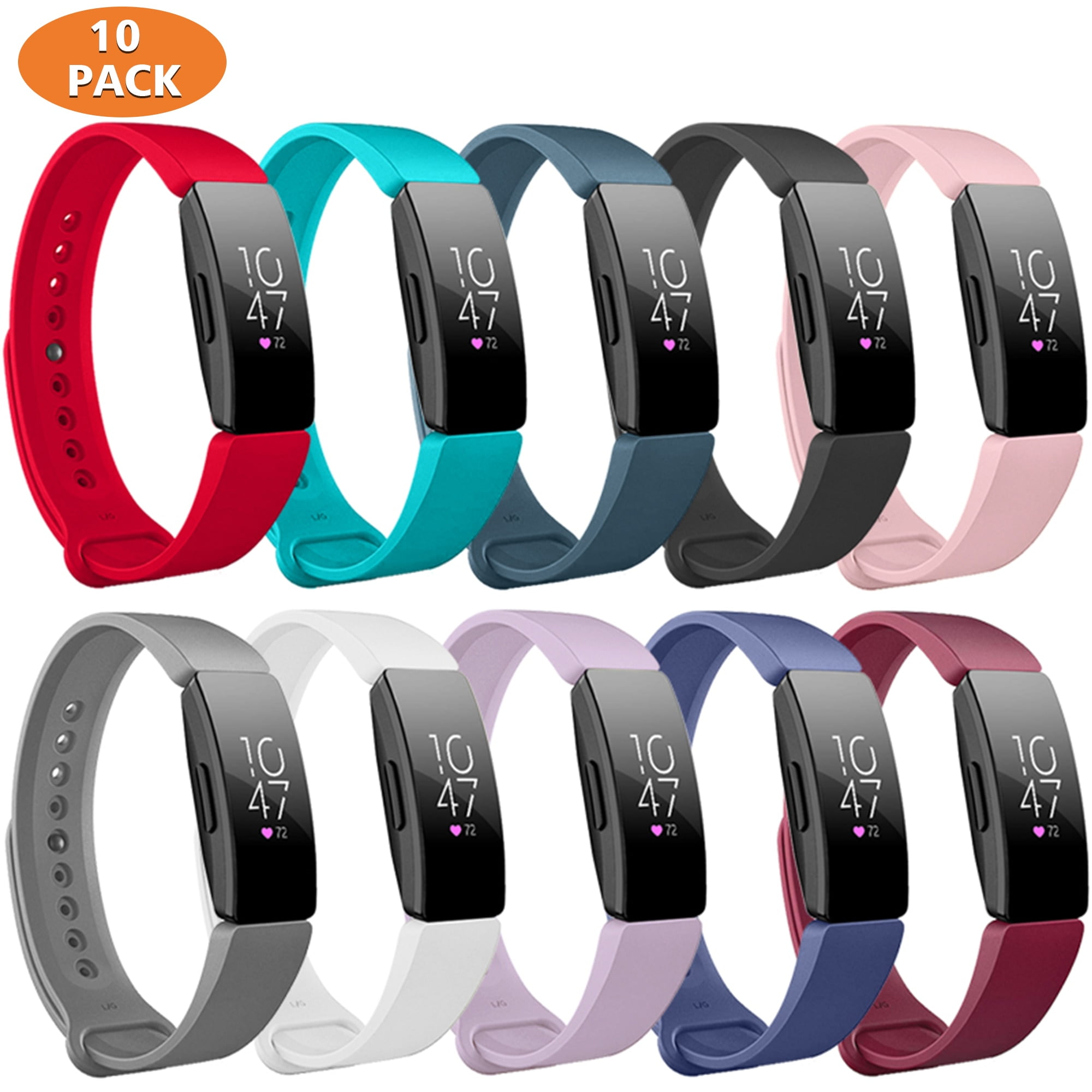

Swipe down from the home screen, tap the exercise tile you want, and hit go. But you can also store up to six shortcuts within the exercise category on the band itself. It will auto-record most of these if you forget to put the wristband into exercise mode. The Inspire HR also records more than 15 different defined exercises, including walking, running (treadmill or outdoors), biking, swimming, hiking, weight lifting, interval training, golf, and tennis. And since it has continuous heart rate tracking, you can check your heart rate any time too. A single button on the Inspire HR serves as both a wake and a back button.Īs with any Fitbit, you can obsessively track your daily step count right from your wrist. You can also press your palm to the screen to make it go dark, a helpful gesture for those mornings when you forgot to deactivate the Fitbit’s “auto-wake” mode before bed and its display lights up with every toss and turn. You can swipe your way through menu items, instead of having to tap on the screen like you did with the Alta HR.

One of the biggest updates on this Fitbit is that it now has a proper touchscreen. The Inspire HR fits snug against my wrist, and doesn’t have any wide lugs that make it ill-fitting or unsightly. The plastic module has the same, gentle slope of the old Fitbit Alta HR. The Inspire HR is made of a plastic module and a flexible, silicone band that can be swapped out for other styles, like a metal mesh band. If anything, it still has plenty of appeal for people who just want a simple activity-tracking wristband with heart rate, and without destroying bank accounts. That doesn’t mean the Inspire HR is a bad product. If anything, the Inspire HR’s small, vertical display makes a great case for why you should seriously consider a smartwatch instead of a wristband. Most people wouldn’t even think the Inspire HR is a “new” Fitbit it looks that similar to the Alta HR, its predecessor. The Inspire HR doesn’t feel dramatically different from any other Fitbit wristband I’ve worn in the past couple of years.

It's also true for the Versa Lite smartwatch, which my WIRED colleague Adrienne So has been testing, and it’s likely true for all of the Fitbits to come, at least in the year 2019. That’s true for the Inspire HR, the Fitbit I’ve been wearing for just under a week now. The fitness tracker maker manages to regularly repackage its technology into a slightly differentiated version of the same wristband or smartwatch, slap a new name on it, and ship something that’s made for the masses.


 0 kommentar(er)
0 kommentar(er)
